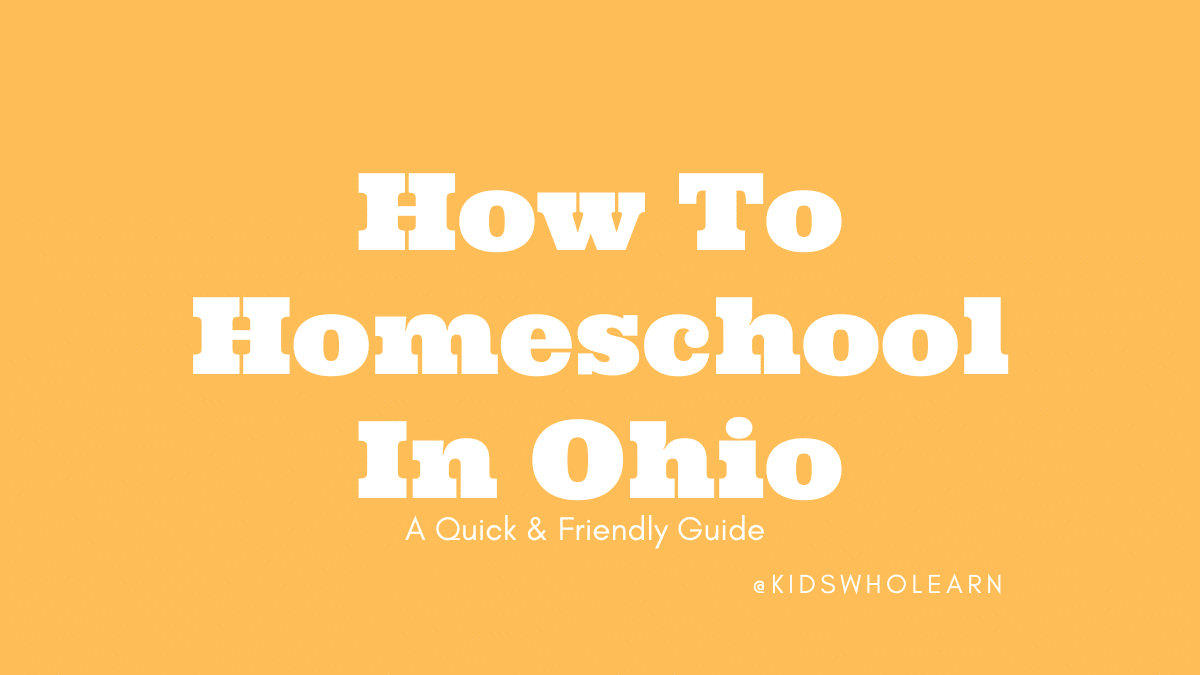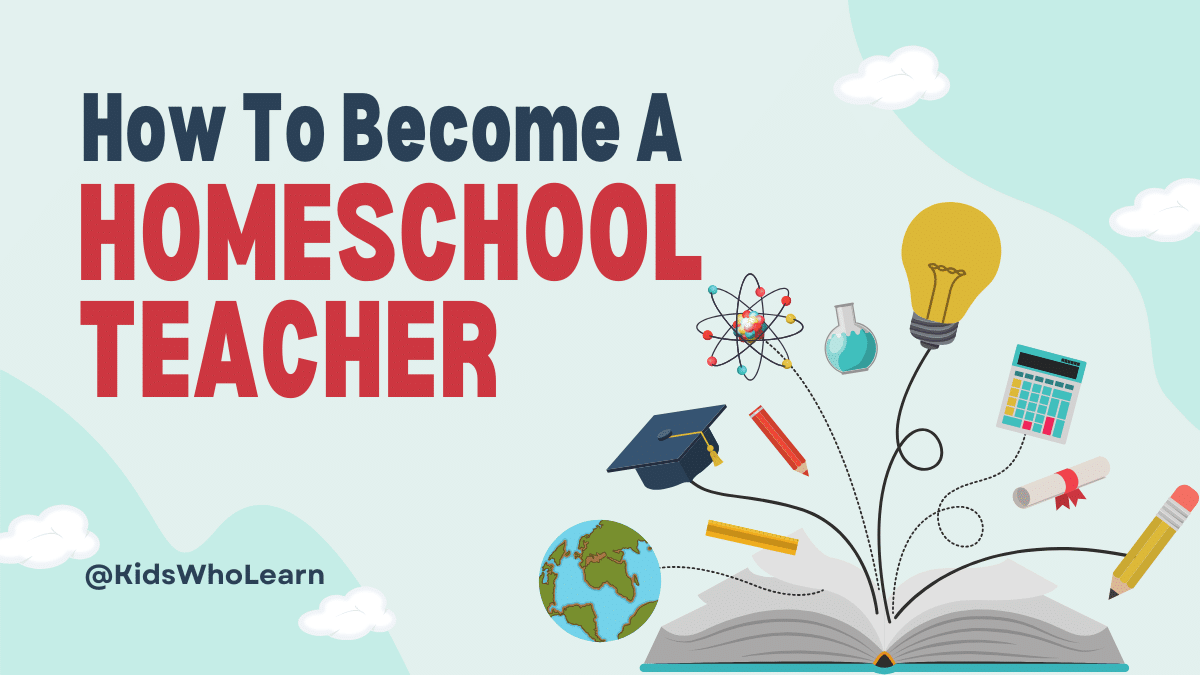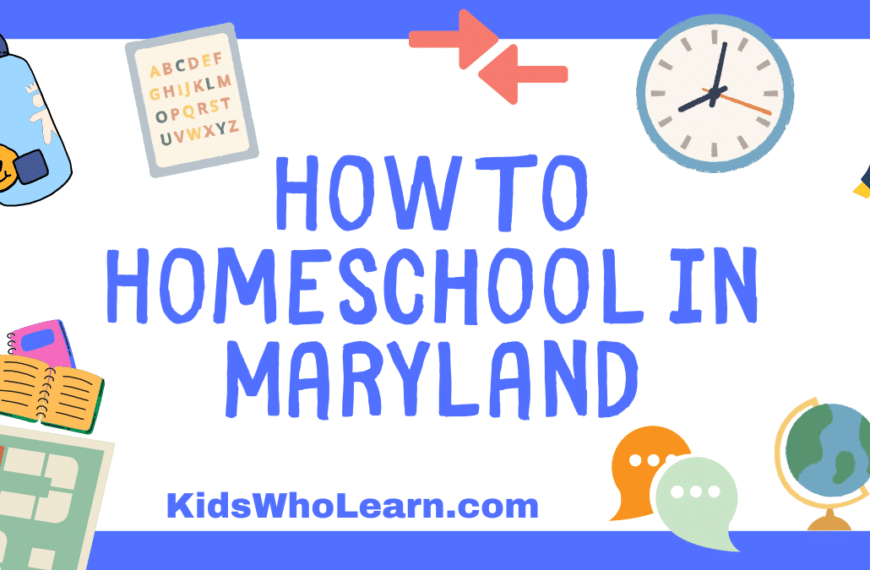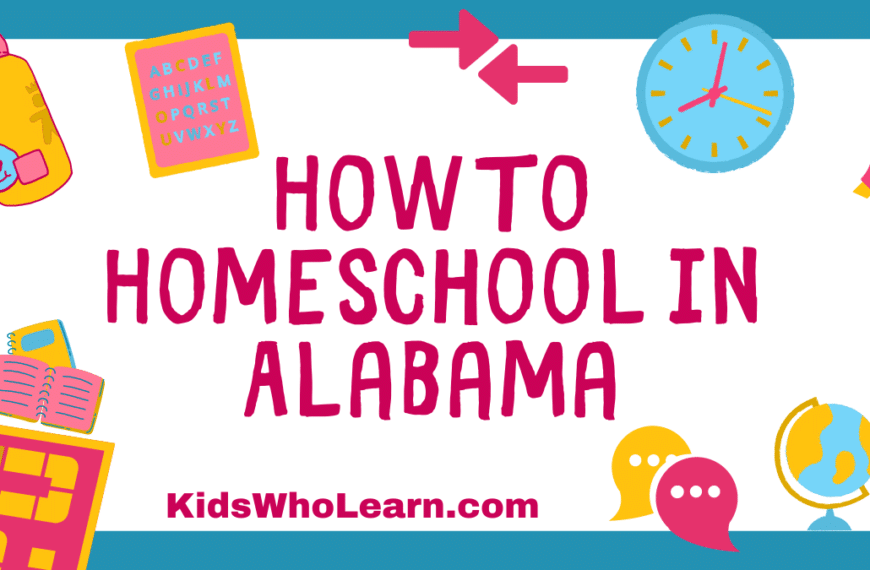Deciding to homeschool in Ohio is a big step for parents, but it can be a rewarding and fulfilling journey for both you and your children. As an alternative to traditional schooling, homeschooling allows you to take charge of your child’s education, tailoring their learning experiences to their individual needs and interests. With some careful planning and a solid understanding of Ohio’s homeschooling laws, you can create a dynamic and successful learning environment at home.
Before diving into homeschooling in Ohio, it’s crucial to familiarize yourself with the state’s legal requirements. This will ensure that you’re in line with regulations and that your child receives the necessary instruction. Once you have a grasp on the laws, you’ll be ready to start building your child’s curriculum and creating daily schedules that work for your family. As you progress through your homeschooling journey, connecting with other homeschoolers and keeping accurate records will make the experience even more beneficial for your child’s educational growth.
Key Takeaways
- Familiarize yourself with Ohio’s homeschooling laws to stay compliant and provide the necessary instruction
- Design a dynamic curriculum based on your child’s needs and interests while creating suitable daily schedules
- Keep accurate records, connect with other homeschoolers, and prepare your child for college while addressing common concerns.
Understanding Ohio’s Homeschooling Laws
When you decide to homeschool in Ohio, it’s important to familiarize yourself with the state’s homeschooling laws. This friendly guide is here to help you navigate the legal aspects of homeschooling in Ohio and ensure you meet all necessary requirements.
Notification Requirements
First and foremost, you must notify your local school district that you plan to homeschool your child. To do this, you should:
- Obtain a notification form from your school district or the Ohio Department of Education website.
- Fill out the form, including the required information such as the child’s name, age, address, and a list of intended curriculum subjects.
- Attach documentation to show the teaching parent’s qualifications. In Ohio, this means providing proof of a high school diploma or equivalent.
- Submit the notification form to your superintendent’s office by the first week of the school year or within one week of your homeschooling start date.
Please note that you must file this notification annually.
Assessment Procedures
As a homeschooling parent in Ohio, you’re also responsible for assessing your child’s progress. This can be done through one of the following three options:
- Standardized Testing: Administer a nationally normed, standardized achievement test. Your child should score at or above the 25th percentile. Testing must be completed by an Ohio-certified teacher, a test provider approved by the superintendent, or a proctor designated by the test publisher.
- Portfolio Review: A certified Ohio teacher or another professional with superintendent approval reviews a portfolio of your child’s work. The assessor will evaluate the child’s progress based on the portfolio and issue a written statement.
- Alternative Assessment: If you prefer another method of assessment, obtain written consent from your local superintendent to proceed with an alternative method.
Remember to submit the assessment results by June 30th of each year to your local superintendent. This ensures you’re staying in compliance with Ohio homeschooling laws and providing your child with the best possible education.
Designing Your Own Curriculum
Incorporating Ohio Learning Standards
When designing your curriculum, it’s essential to incorporate the Ohio Learning Standards. These standards provide a framework for each subject and grade level, ensuring consistency across subjects. Begin by reviewing the standards for the appropriate grade and subject matter. You can find them on the Ohio Department of Education website. These standards will serve as a foundation for your curriculum, helping you develop lesson plans and activities that align with state requirements.
Choosing the Right Educational Resources
To create a well-rounded curriculum, you’ll need to select high-quality educational resources that support your lessons. Look for materials that are:
- Aligned with the Ohio Learning Standards
- Age and grade-level appropriate
- Engaging and enjoyable for your child
Some popular resources include textbooks, online courses, and homeschooling websites that offer lesson plans and activities tailored to the specific needs of homeschoolers. You may also consider joining local homeschool groups or co-ops to share resources and ideas with other families.
Balancing Academic and Practical Skills
While it’s essential to focus on academic subjects, don’t forget to create a balance in your curriculum by incorporating practical skills. Here are some areas to consider:
- Financial literacy: Teach lessons on budgeting and managing money.
- Life skills: Include cooking, cleaning, and other household tasks.
- Communication: Foster opportunities for your child to engage in conversations and group settings.
Remember, finding the right balance in your curriculum will help ensure a well-rounded education for your child.
Structuring A Typical Homeschool Day
As you start planning your homeschool day in Ohio, it’s essential to create a balanced schedule that meets your child’s educational needs and fits your family’s lifestyle. Consider these suggestions to structure a typical homeschool day:
- Start with a morning routine: Setting the tone for the day begins with a consistent morning routine. You can help your child prepare by serving a hearty breakfast, discussing the day’s goals, and reviewing any relevant materials.
- Scheduled learning sessions: Divide your child’s learning time into sessions. You can allocate time for core subjects like math, reading, science, and social studies, as well as elective courses, such as art, music, or physical education. For instance:
- Morning Session (9:00-12:00): Math, Reading, Science
- Lunch Break
- Afternoon Session (1:00-4:00): Social Studies, Art, Outdoor Activities
- Offer breaks and free time: Avoid overwhelming your child with continuous lessons. Incorporate short breaks, around 10-15 minutes, between subjects and allow for an extended lunch period or free time to recharge.
- Hands-on and outdoor activities: Encourage your child to engage in physical and hands-on activities. You can include field trips, experiments, or outdoor exploration to enhance their learning experience and break the monotony.
- Individual and group work: Balance individual assignments with group projects or cooperative learning activities. There might be times when your child needs one-on-one guidance, but also consider opportunities for peer interaction.
Remember that flexibility is key when structuring a homeschool day. Be prepared to adapt your plans as needed, taking into account your child’s interests, progress, and energy levels. With time, you’ll find the perfect rhythm for your homeschooling journey in Ohio.
Record Keeping and Evaluation
Maintaining Attendance Records
As a homeschooling parent in Ohio, it’s important to keep accurate attendance records for your child. To help you stay organized, consider using a simple spreadsheet or even a physical calendar to track attendance. The Ohio Department of Education requires that you log at least 900 hours of instruction per year for elementary school students and 1,001 hours for high school students. Keeping clear, up-to-date records will make this process easier in the long run.
Recording Progress
Recording your child’s progress is essential to ensure they meet their academic goals and comply with state requirements. In Ohio, homeschool students have to undergo an annual assessment to measure their progress. You have a couple of options here:
- Standardized Testing: Choose any nationally normed achievement test that assesses your child’s grade level.
- Portfolio Evaluation: A certified teacher or licensed professional can review a selection of your child’s work, documenting their academic performance in various subject areas. Include samples of their work, quizzes, and any other materials that demonstrate progress.
Keep all these records organized in a binder or digital folder, and regularly update them throughout the school year. By staying on top of your record-keeping, you’ll have the necessary documentation to demonstrate your child’s progress to the local school district, and you’ll be better equipped to address any areas where improvement is needed.
Connecting with Other Homeschoolers
Joining Homeschooling Associations
One of the best ways to connect with other homeschoolers in Ohio is by joining homeschooling associations. These associations offer many benefits, such as providing resources, support, and guidance in your homeschooling journey. They often have local chapters that facilitate regular meetups and events.
To start, consider joining the Christian Home Educators of Ohio (CHEO) or the Ohio Homeschooling Parents (OHP) association. These groups will connect you with other families that share your values and are on a similar homeschooling path. You can also search for more specialized associations based on your interests or needs.
Participating in Local Activities and Events
Another great way to meet and connect with fellow homeschoolers is by attending local activities and events. Many homeschooling groups host co-op classes, field trips, park days, and other social events that are open to all homeschooling families in the area.
Check local community centers, libraries, and online forums for homeschooling events near you. Don’t be afraid to reach out and connect with other homeschooling families. Remember, you are not alone in your homeschooling journey, and building a network of support can make a significant difference in your experience.
Preparing for College
Understanding College Admission Requirements
When preparing for college as a homeschooler in Ohio, it’s essential to understand the admission requirements of the colleges you’re considering. Research each college’s website or call their admissions office to gather information on required coursework, standardized test scores, and any additional requirements.
Many colleges require a specific number of credits in English, math, science, and social studies. Create a plan to ensure you have completed these courses by the time you apply. Additionally, some colleges may want a homeschool transcript or a GED as proof of education. Keep accurate records of your coursework and grades to create a professional-looking transcript.
Utilizing Test Prep Resources
Standardized tests, such as the SAT or ACT, play a significant role in college admissions, so it’s crucial to prepare well. Start by determining which test (or both) you’ll take, and then utilize test prep resources to enhance your chances of success.
- Official Test Guides: Both the College Board (for the SAT) and the ACT provide official test prep guides with sample questions and tips. These guides are crucial for understanding test format and content.
- Free Online Resources: Websites like Khan Academy and PrepScholar offer a wealth of test prep information, including practice questions, video lessons, and study plans.
- Local Classes or Tutors: Consider signing up for a test prep class or working with a private tutor. Check community centers or libraries for affordable local options.
Planning your homeschool curriculum around Ohio college admission requirements and preparing for standardized tests will help you build a strong foundation for college success. Good luck on your journey!
Frequently Asked Questions
What are the graduation requirements for homeschool students in Ohio?
In Ohio, homeschool students are not required to meet specific graduation requirements. However, it’s important for you to create and maintain a comprehensive portfolio that includes subjects studied, tests and assessments taken, and samples of your child’s work. This portfolio plays a significant role if your child plans to attend college or a trade school, as it showcases their capabilities and learning progress.
What subjects must be covered in an Ohio homeschool curriculum?
While Ohio doesn’t have any specific requirements for homeschool curriculums, the state does suggest covering basic subjects such as English (reading, writing, and grammar), mathematics, science, social studies, health, physical education, fine arts, and first aid. It’s important to keep in mind the interests and needs of your child while planning your homeschool curriculum.
Are there any free homeschool resources available in Ohio?
Yes, there are several free homeschool resources available in Ohio. Local libraries are a great starting point. Many libraries offer educational materials, access to online learning platforms, and curriculum support. Additionally, homeschool co-ops and support groups in your community can provide valuable guidance and resources. Online resources, such as Khan Academy and Easy Peasy All-in-One Homeschool, can also supplement your child’s learning.
Does Ohio offer any tax credits or financial assistance for homeschooling families?
No, Ohio does not offer tax credits or financial assistance for homeschooling families. You are responsible for the costs of homeschooling, including curriculum, materials, and activities. However, make use of free resources to minimize costs while providing a quality education for your child.
Can I homeschool another family’s child in Ohio?
Homeschooling another family’s child in Ohio is not the same as homeschooling your own children. According to Ohio law, if you are teaching children from other families, it’s considered a private school or tutoring arrangement. In this case, you may need to follow different regulations and requirements, such as licensing and teacher qualifications.
What changes have been made to the Ohio homeschool law in 2023?
As of 2023, there are no significant changes to the Ohio homeschool laws. Home education still falls under the parent’s responsibility, with the parents notifying the local superintendent and submitting plan outlines. Keep an eye on local homeschooling organizations and Ohio homeschool law websites for possible updates and changes to the regulations.







